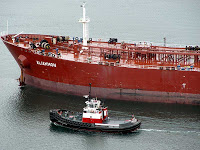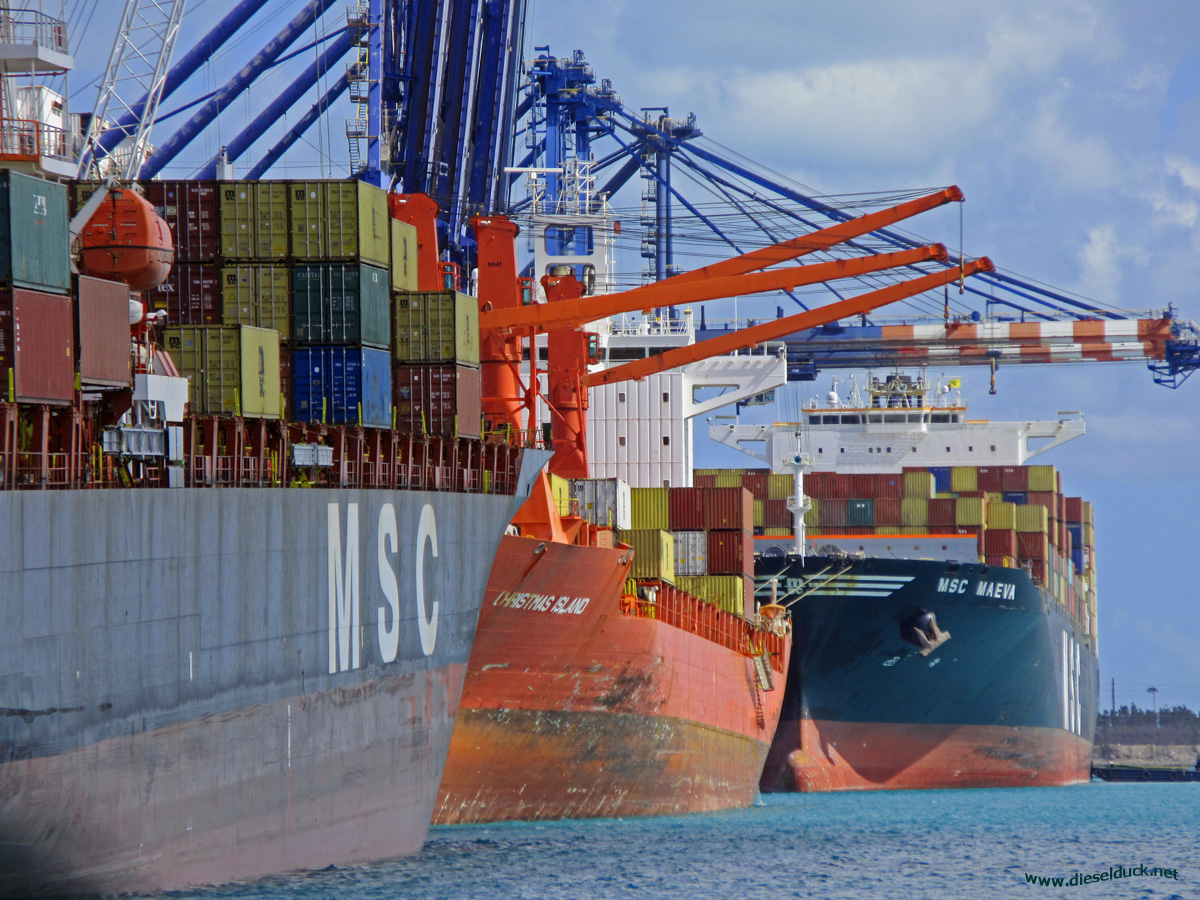Asbestos Exposure among Navy Veterans
Veterans Day is a day for remembering the sacrifices of those who have served the United States, their families, and those who paid the ultimate price in war. At Environmental Litigation Group we offer compassionate and comprehensive services to aid veterans and their family members. We should take a moment to remember some of the less obvious risks men in uniform were confronted with during their service, and not only on one day, but always.

Source
http://usgsprobe.cr.usgs.gov/picts2.html
For most of the 20th century, asbestos was extensively used as an insulator in virtually all Navy ships. It was cheap, fire-resistant, chemically inactive, straightforward to work with, and could be considered fairly safe when inert.
However, a vessel traveling the seas is far from a still environment, constantly moving under the action of winds and waves; electric equipment, pumps, and engines sending vibrations throughout her hull and releasing asbestos particles into the atmosphere.
It could be said that no member of the crew was entirely safe from inhaling the dangerous mineral, but those who had to handle it directly during maintenance duty where particularly at risk.
It is well recounted that during the 50s and 60s those who worked in the engine rooms of Navy ships were coming up with asbestosis and assorted conditions nearly as often as dock workers, a profession long associated with asbestos-related diseases.
Navy crews faced higher risks than other branches
A 2019 epidemiological study looked at the medical histories of 114,000 veterans who took part in nuclear testing in the Pacific. Scientists found the 70,000 Navy personnel among the cohort to have been exceptionally prone to Mesothelioma – an aggressive form of cancer almost exclusively caused by asbestos – while no increase was recorded with Army, Air Force, or Marines veterans.
The rates of Mesothelioma mortality also varied greatly between job categories, the part of the ship one was assigned to playing a significant role in later developing the condition.
What were the most dangerous parts of a ship?
Boilers
Right up until the mid-70s, asbestos was extensively used as heat protection for boilers on both steam turbine and petrol ships. Regulations specified that their coating should contain at least 15% asbestos, with the mineral also present in gaskets and on free straps of insulation used for covering sensitive areas.
Due to the high-temperature boilers were working under, maintenance crews had to strip layers of asbestos-leaden material to get to a defective part, which released copious amounts of dust into the air.
Pipe insulation
Felt wrapping covered by a layer of tar was
used for pipe insulation on navy ships. Since many of the pipes carried steam,
their wrapping could have contained as much as 50% asbestos. These ran
throughout the ship, and normal activity could cause the release of dust more
or less anywhere, but replacing the coating was especially hazardous.
The ship’s pipefitters had to prepare the insulation material on board, by
adding dry asbestos to water and soaking the felt into the mix.
Pumps
Asbestos was heavily used for the plumbing of the ship as well as the mechanical pumps powering it up. Replacing worn-out sealing gaskets on pumps was prone to release a high quantity of asbestos fiber, as the machinist’s mates doing this job often had to scrub away what was left of the old gasket from the fitting.
Other service members were put at risk by various exposed parts on the surface of pumps and pipe fittings that also contained asbestos.
Valves
High-pressure valves are required to put up with a lot of physical stress, which made asbestos a good choice for sealing and insulating them. Replacing the gaskets on valves was generally done in the same manner as with pumps, only more often.
Regular changes were also required for packings. By the end of their lifetime, these were flimsy enough to release high quantities of dust into the air, as the boiler and pipe crews were unwrapping them.
Since it was placed on the exterior of the piece, asbestos coating on heat-sensitive valves constituted a danger for the whole crew.
Radios
Electronic equipment can generate a lot of heat, and this problem was generally tackled by the liberal use of asbestos. The mineral was present as a filler in radio tubes and as free lining for sensitive equipment. As late as 1972, US radiomen were instructed to always install an asbestos heat shield around areas prone to overheating.
The radioman who transmitted the famous warning message out of Pearl Harbor on December 7, 1941, is known to have died of Mesothelioma.
Beginning in 1973, the Navy will seriously limit the use of asbestos on its ships, phasing it out from all but the most high-requirement areas. However, the diseases it causes can linger over the decades, making its effects still present.



